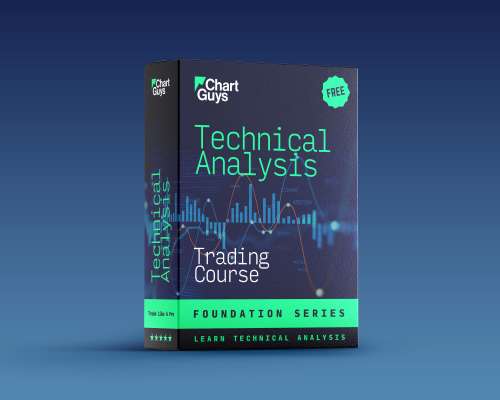Often times people ask for advice after they are in a trade, and my answer is always the same. What was your plan when you entered the trade? I think the most frustrating answer I get is "to make money". The desire to make money might be why we trade, but it is not a trade plan. Here are 4 themes to consider when designing and defining your trade parameters.
Time frame. I know many people don't consider the number of candles in a pattern, but doing so allows you to give yourself an idea of how long a trade might take to play out. This will help you stay in the trade through consolidation and stick to the trade as long as it meets the criteria. You already have allotted that money for a given amount of time, and you set your expectations accordingly. It also helps you to cut a trade that is not working, because the time frame with which you created the plan no longer applies, and perhaps that negates your setup, or would cause you to reconsider your trade parameters. Afterall dead money is not money working for you. Thinking about the time frame of your trade will allow you to differentiate between a dead trade, and a trade that is still developing.
The style of trade and exit plan. A good example of style differences in a trade would be playing into a lower high vs playing for a breakout. One leaves room for bigger moves, one is a clear play where you have a pretty defined reward. Oftentimes people will initiate a trade without really thinking about the exit, and just hoping it goes up. Then it hits a lower high, they fail to take profit and the trade comes down and reverses. This can be very frustrating, but if we can define the likely exit first, them we can be ready to execute an exit appropriately rather than resorting to hoping for a breakout continuation.
What are the red flags that would affect the likelihood of your trade playing out? It's easy to get stubborn in a trade wanting it to achieve its target, but the market is constantly changing, and we have to use the information we have at the time we have it. This sometimes means we have to adjust if there are red flags. An example would be looking for a daily higher low to make a bullish entry on an uptrending ticker. It is approaching your buy zone when the company releases negative news. This may or may not change your overall trade plan, but it is necessary to consider if that will cause the stock to go straight into weekly consolidation rather than resuming it's uptrend, and to incorporate the new information into your plan to see if it still fits your thesis or not. Ultimately price action will remain first and foremost most important.
Your fundamental beliefs. Stocks can go up 400% from 5 dollars or from 20 dollars. The difference here would be that if a stock dropped from your entry of 20to 5, you need that 400% gain just to breakeven. Even if you believe in the long-term health and potential of a company, growth will happen from market acceptable prices, not from any price that seems cheap. When planning longer term investing, it is important to consider the technicals and price acceptance rather than just prices that look cheaper than they were on a stock you believe in.












